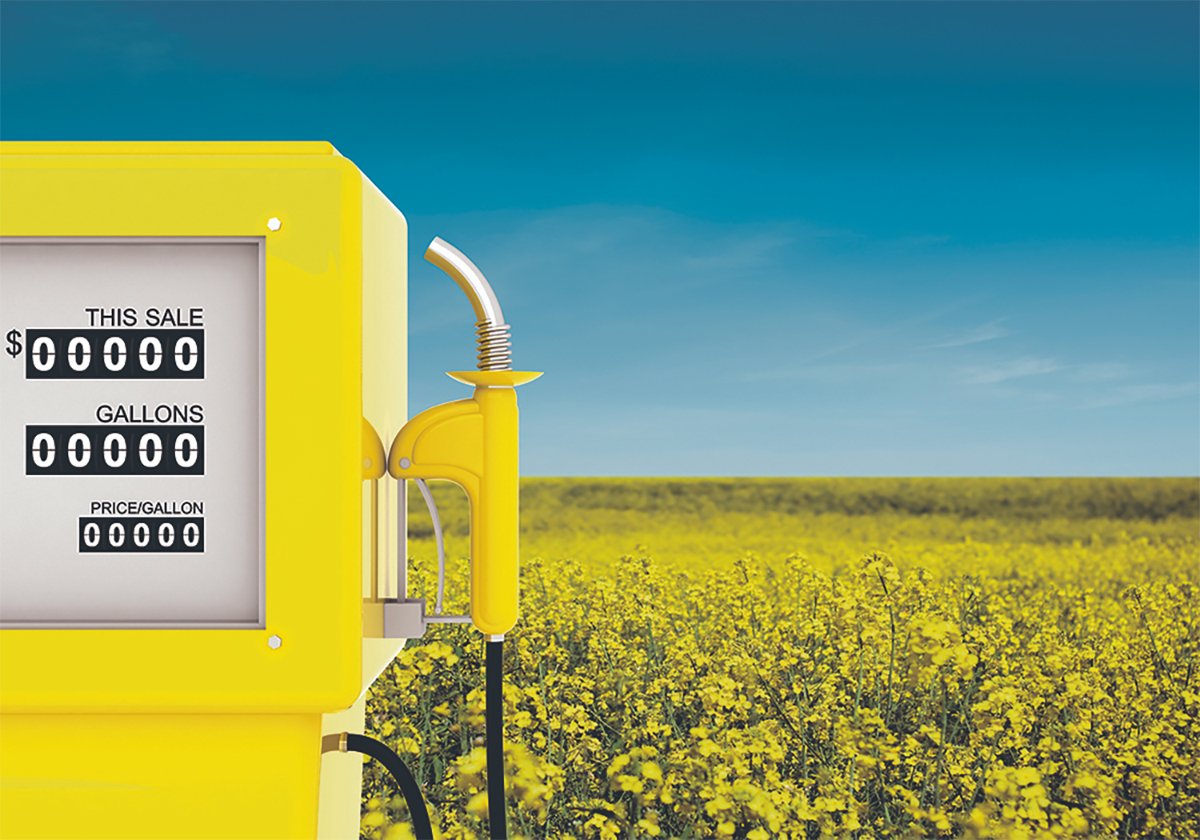This year’s late spring has the Canadian Wheat Board fearfully using the F-word.
“We cannot afford to have an early frost at all this year,” CWB weather and markets expert Bruce Burnett said in the board’s annual crop conditions briefing June 11.
“Even with normal temperatures from here on out, projected maturity dates for the wheat crop would indicate that we will be maturing the crop in the last week of August, first week of September, so that would be pushing our harvest dates back about two weeks from where we would normally be.”
Read Also

Biofuel sector happy with federal budget
Advanced Biofuels Canada says new Biofuel Production Incentive is a lifeline until CFR amendments are in place.
Delayed maturity due to prairie-wide cold weather was the biggest crop danger discussed at the briefing, but dry conditions in central Alberta and west-central Saskatchewan competed for the bad news prize, followed by problems with delayed seeding in Manitoba’s Red River Valley caused by excessive moisture.
This combination of problems has the wheat board predicting a much smaller crop this year than the big one harvested last year.
“This is the lowest all-wheat projection we’ve done at this conference since 2002,” Burnett said after revealing the board’s projection of a 20.8 million tonne wheat crop, including durum, and a 10.2 million tonne canola crop.
The board expects average wheat yields of 33.4 bushels per acre and 29.3 bu. for canola.
The main drag on crop potential is the cold, caused by an anomaly over Hudson Bay sending out waves of colder than average weather.
The CWB said Saskatoon received only 52 percent of growing degree days this spring compared to last, Swift Current, Sask., had 62 percent, Red Deer 58 percent, Yorkton, Sask., 51 percent and Winnipeg 49 percent.
The situation on the Prairies and the threat of frost at harvest caught the attention of analysts outside Canada. It was the first matter discussed on a DTN worldwide crop conditions session presented June 11.
“Just look at such a persistently cold pattern in Canada. I can’t remember – I’ve been doing this for over 30 years now – I can’t remember (cold conditions prevailing as long or as widely in Canada),” said DTN weather analyst Mike Palmerino.
“It’s just been never spoken so much, so early, commenting about concerns about a possible early freeze this year and the impact of that.”
However, the challenges facing Canada’s crop didn’t move the market, and prices fell June 15 when the U.S. dollar surged and the commodity complex slumped.
Ken Ball of Union Securities in Winnipeg said the market is taking a wait and see attitude with the frost risk.
“I don’t think the market will really worry about that until late July, early August,” he said.
“The market’s still trying to deal with the frost we’ve already had in recent weeks. Plus, you can be surprised at how the crops can catch up.”
Ball said last year’s crop got off to a slow start too, but ended up producing a big yield.
“Obviously, though, our situation this year is much worse.”
The dryness in the western Prairies is also a grave danger, Burnett said. Many farmers seeded into dry soil.
“At some point in time those crops will be under significant stress unless we receive good rainfall very, very soon.”
Some farmers stopped seeding because of dryness in the west, and some in southeastern Manitoba still haven’t seeded all their land because of saturated soil.
But the factor holding back virtually all farmers, with the exception of a small area in southern Alberta, is the temperature.
“Everyone’s had the cold,” Burnett said.















